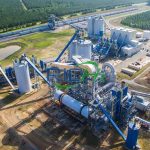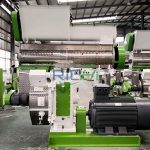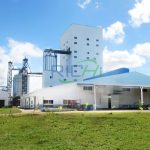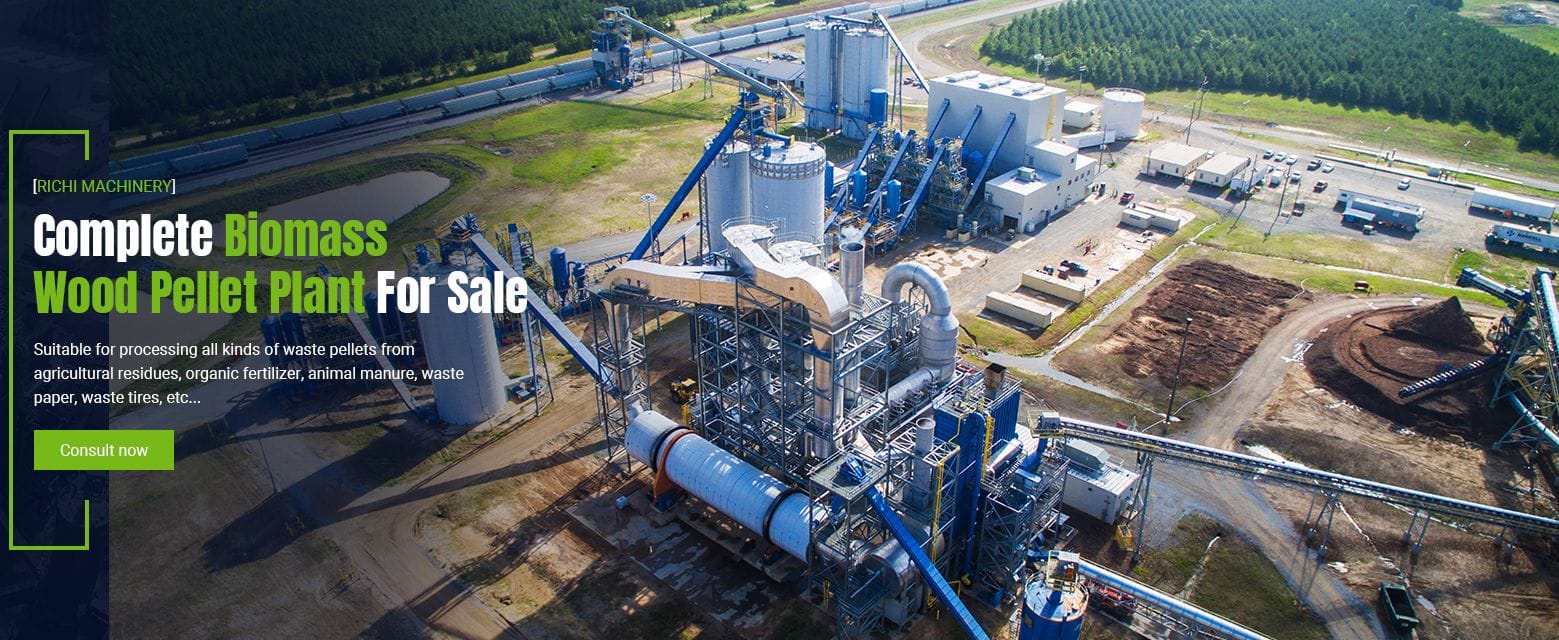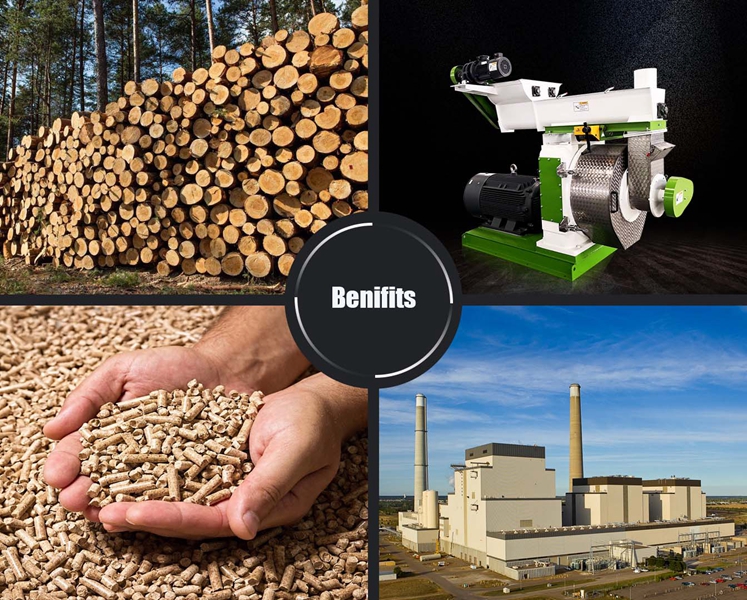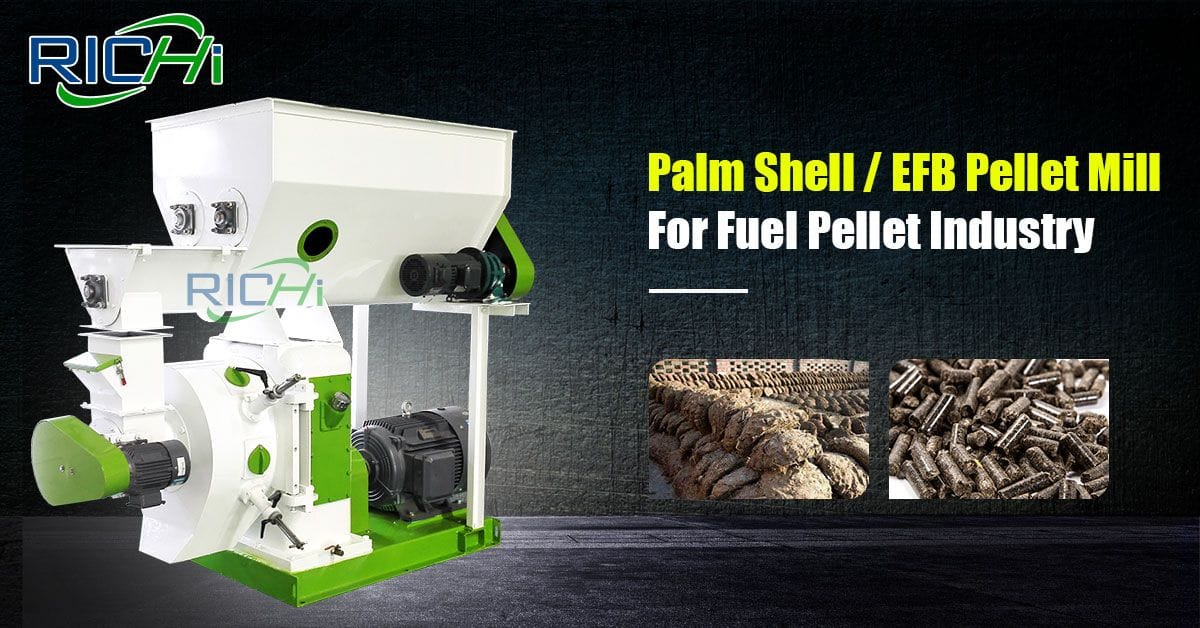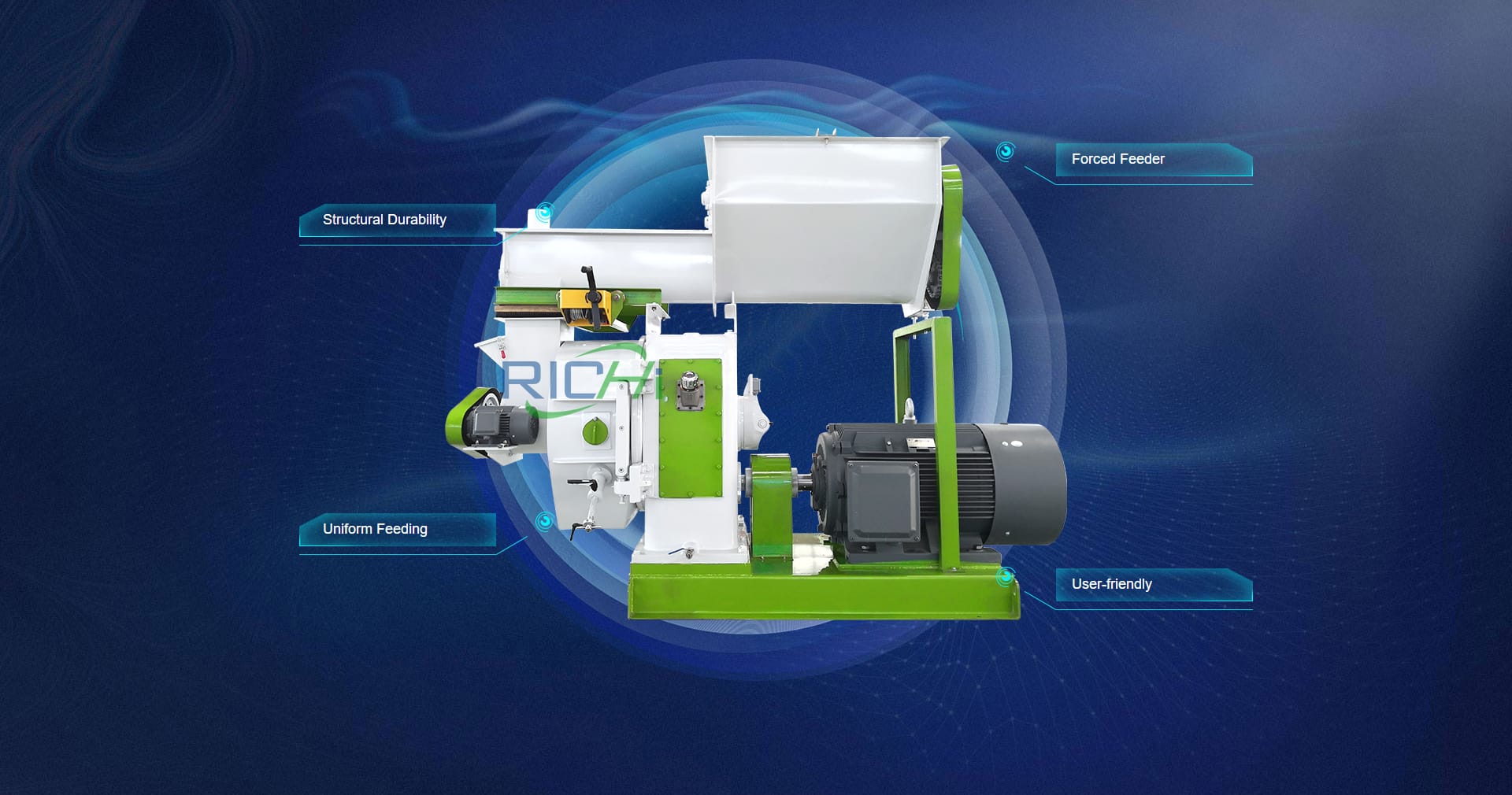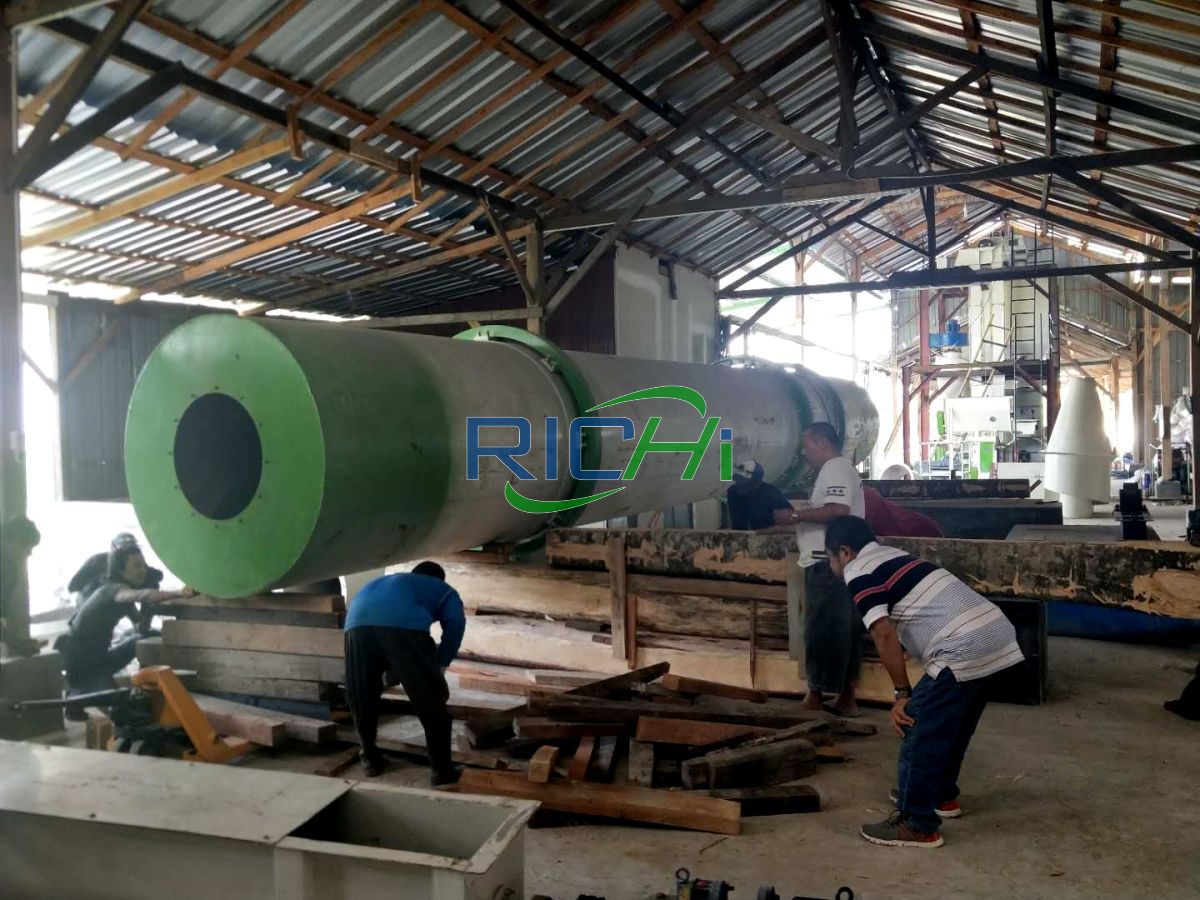As the world confronts the urgent challenges of climate change and seeks to transition towards more sustainable energy sources, large wood pellet mills have emerged as pivotal solutions. These mills offer a scalable and efficient way to convert abundant biomass resources into versatile, renewable energy, positioning themselves as essential players in the global energy landscape.
The Rise of Wood Pellets: A Renewable Energy Powerhouse
Wood pellets have gained significant traction due to their numerous advantages over traditional fossil fuels:
- Renewable and Sustainable: Produced from biomass sources like sawmill residues, forest thinnings, and agricultural waste, wood pellets are a sustainable energy option.
- High Energy Density: The pelleting process compresses biomass into dense pellets, increasing energy density for more efficient transportation and storage.
- Reduced Emissions: Burning wood pellets produces fewer particulate matter and greenhouse gases than fossil fuels, contributing to a cleaner environment.
- Versatile Applications: Wood pellets are used in residential and commercial heating systems, industrial boilers, and for co-firing in coal-fired power plants.
The growing demand for sustainable energy has driven significant growth in the wood pellet industry, increasing the need for large-scale production facilities.
The Power of Large Wood Pellet Mills
Large wood pellet mills are designed to meet the growing demand for wood pellets on an industrial scale, offering high production capacity and efficiency. These state-of-the-art facilities handle vast quantities of biomass, transforming it into high-quality wood pellets through optimized processes.
Key Components of a Large Wood Pellet Mill
- Feedstock Handling and Preparation: Systems for receiving, storing, and preprocessing biomass materials, including conveyors, silos, dryers, and high-capacity grinding mills.
- Large-Scale Pellet Production Lines: Equipment for conditioning, pelleting, cooling, and screening the final product on an industrial scale.
- Advanced Automation and Control Systems: Automation and control systems for monitoring and optimizing the production process, ensuring consistent quality and efficiency.
- Auxiliary Systems and Infrastructure: Supporting systems such as utilities (electricity, water, natural gas), wastewater treatment, air pollution control, fire protection, and advanced monitoring.
- Efficient Material Handling and Logistics: Streamlined systems for material handling and logistics to integrate all production stages from raw material intake to final product packaging and distribution.
- Scalability and Modular Design: Modular designs that allow for future expansion and capacity increases to adapt to changing market demands.
Factors Driving the Demand for Large Wood Pellet Mills
Several factors contribute to the increasing popularity of large wood pellet mills:
- Growing Global Energy Demand: Rising population and industrialization drive up the demand for energy, making scalable solutions like large wood pellet mills essential.
- Transition to Renewable Energy: The global push towards renewable energy to combat climate change highlights the role of wood pellets as a low-emission fuel.
- Utilization of Biomass Resources: Efficient use of biomass resources such as forestry residues and agricultural waste supports a circular economy.
- Industrial and Commercial Applications: Wood pellets’ versatility makes them suitable for various applications, increasing the demand for large-scale production.
- Economies of Scale: Large mills benefit from economies of scale, reducing production costs and increasing competitiveness.
- Technological Advancements: Continuous improvements in biomass processing technologies and automation enhance the efficiency of large wood pellet mills.
Related post: https://www.richipelletmachine.com/turnkey-wood-pellet-mill/
Challenges and Future Outlook
Despite their advantages, large wood pellet mills face several challenges:
- Feedstock Supply: Ensuring a consistent supply of high-quality biomass feedstock requires robust supply chain management and partnerships with suppliers.
- Environmental Impact: Large-scale biomass processing must comply with environmental regulations, minimize emissions, and promote sustainable practices.
However, the future outlook remains promising. Increasing global commitment to renewable energy, coupled with ongoing research in advanced biomass processing technologies, alternative feedstock sources, and carbon capture techniques, will further enhance the efficiency and sustainability of large wood pellet mills.
Conclusion
Investing in large wood pellet mills offers significant opportunities for entrepreneurs, investors, and industry leaders. These mills not only meet the growing demand for renewable energy but also contribute to global efforts to combat climate change. By transforming abundant biomass resources into clean, versatile energy, large wood pellet mills play a crucial role in paving the way for a more sustainable and resilient energy future.


